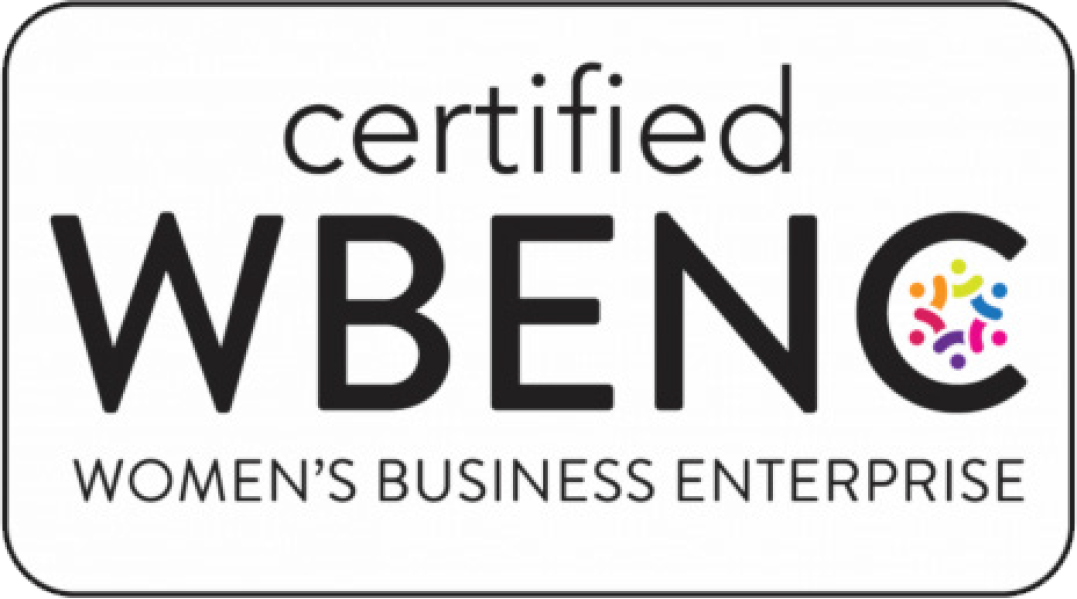Quick, take this one-question quiz:
How many commas are necessary in the following sentence?
“The colors of the American flag are red white and blue.”
a) One. Add a comma after the word “red.”
b) Two. Add a comma after the word “red” and after the word “white.”
c) Either one or two. The rules for commas are flexible, so just choose one way and be consistent.
If you answered either “a” or “b,” you may be right. But, if you answered “c,” you’re dead wrong. Rules for grammar are not considered flexible, and it is generally not up to you to decide which one you “like.”
The more accurate answer to our one-question quiz is, “It depends on who you’re writing for.” That’s because most large organizations have established some rules to follow when developing corporate communications. And it’s critical to follow their preferences, not your own.
Enter the style guide.
A style guide includes things like the preferred fonts, colors and logos of your company, but it should also include guidelines for writing anything your company puts out into the world, such as a website, brochures, social media, ads, etc.
Sometimes called a “brand bible,” a style guide should help an organization strengthen its brand. When everyone at a company follows the same writing rules, it’s more likely your content will be more consistent and therefore more credible.
What if my company doesn’t have a writing style guide?
Most medium- and large-sized companies have standards in place for design guidelines, with rules about how to use the brand’s color palette, where to place the logo and how much white space should be on a page. But even those companies don’t always consider how important consistency of words is.
The good news is that there are several long-standing writing style guides already out there, so your company can simply pick one and use that as its guiding document. You might remember using MLA in high school, or maybe APA if you had to write a paper in a college science class. But most corporations and organizations choose between either the Associated Press Stylebook or the Chicago Manual of Style.
What’s the difference?
The Chicago Manual of Style
There are distinct differences between these two style guides. The Chicago Manual of Style has been around for more than 125 years, getting its start on a college campus. The book has grown to more than 1,100 pages and is considered the most comprehensive guide for long-form publishing or anyone who works with words. Apple, Microsoft, Salesforce, most book publishers and most long-form magazines, such as The New Yorker, use Chicago.
Some highlights of Chicago style include:
- Use of the Oxford comma (that second comma in our one-question quiz: red, white, and blue)
- Spelling out numbers between 0 and 99: four, eighteen, ninety-eight
- Writing as one word, lowercase, no hyphen: internet, website, email
The Associated Press Stylebook
Associated Press style was first published in 1953 as a guide for newspapers. It was created with multiple columns of text in mind, and its focus was on brevity in order to fit as much information as possible onto the pages of a newspaper. The strength of the AP stylebook is that it is updated every year with the proper spelling, capitalization and abbreviation of popular terms. (The term “zoot suit” was recently deleted to make room for “Tommy Hilfiger” in the fashion section.) Companies such as Cleveland Clinic, GE Appliances, ADP and most American newspapers, such as the New York Times, use AP.
Some quick hits of AP style include:
- Advising against using the Oxford comma in a simple series (red, white and blue)
- Spelling out numbers one through nine. Using figures for 10 or above.
- Write as one word, lowercase, no hyphen: internet, website, email (Yes, both style guides have finally caught up with one another.)
Is a style guide really that important?
The simple answer is yes if you want to maintain a strong, consistent brand. If you wouldn’t allow an employee to change the color of your logo or choose his favorite font for your annual report, then why leave the details of writing up to the whims of your employees?
In the end, you would do fine to select either of these guides as a baseline. Select the one that fits most of your needs, and then augment with a personalized style sheet to address any specific needs of communications at your company. You might address whether to use the Oxford comma, when and how often to use the registration mark with brand names, or your company’s preferred spellings for industry-specific words (such health care vs. healthcare or advisor vs. adviser). Create a formalized document so all employees are on the same page when they represent your company through words.
If you need help creating a company style guide, or if you’d just like to have a spirited discussion over the merits of AP style over Chicago, give WordsFresh a call. We have word nerds on both sides of the fence!
Quick, take this one-question quiz:
How many commas are necessary in the following sentence?
“The colors of the American flag are red white and blue.”
a) One. Add a comma after the word “red.”
b) Two. Add a comma after the word “red” and after the word “white.”
c) Either one or two. The rules for commas are flexible, so just choose one way and be consistent.
If you answered either “a” or “b,” you may be right. But, if you answered “c,” you’re dead wrong. Rules for grammar are not considered flexible, and it is generally not up to you to decide which one you “like.”
The more accurate answer to our one-question quiz is, “It depends on who you’re writing for.” That’s because most large organizations have established some rules to follow when developing corporate communications. And it’s critical to follow their preferences, not your own.
Enter the style guide.
A style guide includes things like the preferred fonts, colors and logos of your company, but it should also include guidelines for writing anything your company puts out into the world, such as a website, brochures, social media, ads, etc.
Sometimes called a “brand bible,” a style guide should help an organization strengthen its brand. When everyone at a company follows the same writing rules, it’s more likely your content will be more consistent and therefore more credible.
What if my company doesn’t have a writing style guide?
Most medium- and large-sized companies have standards in place for design guidelines, with rules about how to use the brand’s color palette, where to place the logo and how much white space should be on a page. But even those companies don’t always consider how important consistency of words is.
The good news is that there are several long-standing writing style guides already out there, so your company can simply pick one and use that as its guiding document. You might remember using MLA in high school, or maybe APA if you had to write a paper in a college science class. But most corporations and organizations choose between either the Associated Press Stylebook or the Chicago Manual of Style.
What’s the difference?
The Chicago Manual of Style
There are distinct differences between these two style guides. The Chicago Manual of Style has been around for more than 125 years, getting its start on a college campus. The book has grown to more than 1,100 pages and is considered the most comprehensive guide for long-form publishing or anyone who works with words. Apple, Microsoft, Salesforce, most book publishers and most long-form magazines, such as The New Yorker, use Chicago.
Some highlights of Chicago style include:
- Use of the Oxford comma (that second comma in our one-question quiz: red, white, and blue)
- Spelling out numbers between 0 and 99: four, eighteen, ninety-eight
- Writing as one word, lowercase, no hyphen: internet, website, email
The Associated Press Stylebook
Associated Press style was first published in 1953 as a guide for newspapers. It was created with multiple columns of text in mind, and its focus was on brevity in order to fit as much information as possible onto the pages of a newspaper. The strength of the AP stylebook is that it is updated every year with the proper spelling, capitalization and abbreviation of popular terms. (The term “zoot suit” was recently deleted to make room for “Tommy Hilfiger” in the fashion section.) Companies such as Cleveland Clinic, GE Appliances, ADP and most American newspapers, such as the New York Times, use AP.
Some quick hits of AP style include:
- Advising against using the Oxford comma in a simple series (red, white and blue)
- Spelling out numbers one through nine. Using figures for 10 or above.
- Write as one word, lowercase, no hyphen: internet, website, email (Yes, both style guides have finally caught up with one another.)
Is a style guide really that important?
The simple answer is yes if you want to maintain a strong, consistent brand. If you wouldn’t allow an employee to change the color of your logo or choose his favorite font for your annual report, then why leave the details of writing up to the whims of your employees?
In the end, you would do fine to select either of these guides as a baseline. Select the one that fits most of your needs, and then augment with a personalized style sheet to address any specific needs of communications at your company. You might address whether to use the Oxford comma, when and how often to use the registration mark with brand names, or your company’s preferred spellings for industry-specific words (such health care vs. healthcare or advisor vs. adviser). Create a formalized document so all employees are on the same page when they represent your company through words.
If you need help creating a company style guide, or if you’d just like to have a spirited discussion over the merits of AP style over Chicago, give WordsFresh a call. We have word nerds on both sides of the fence!


